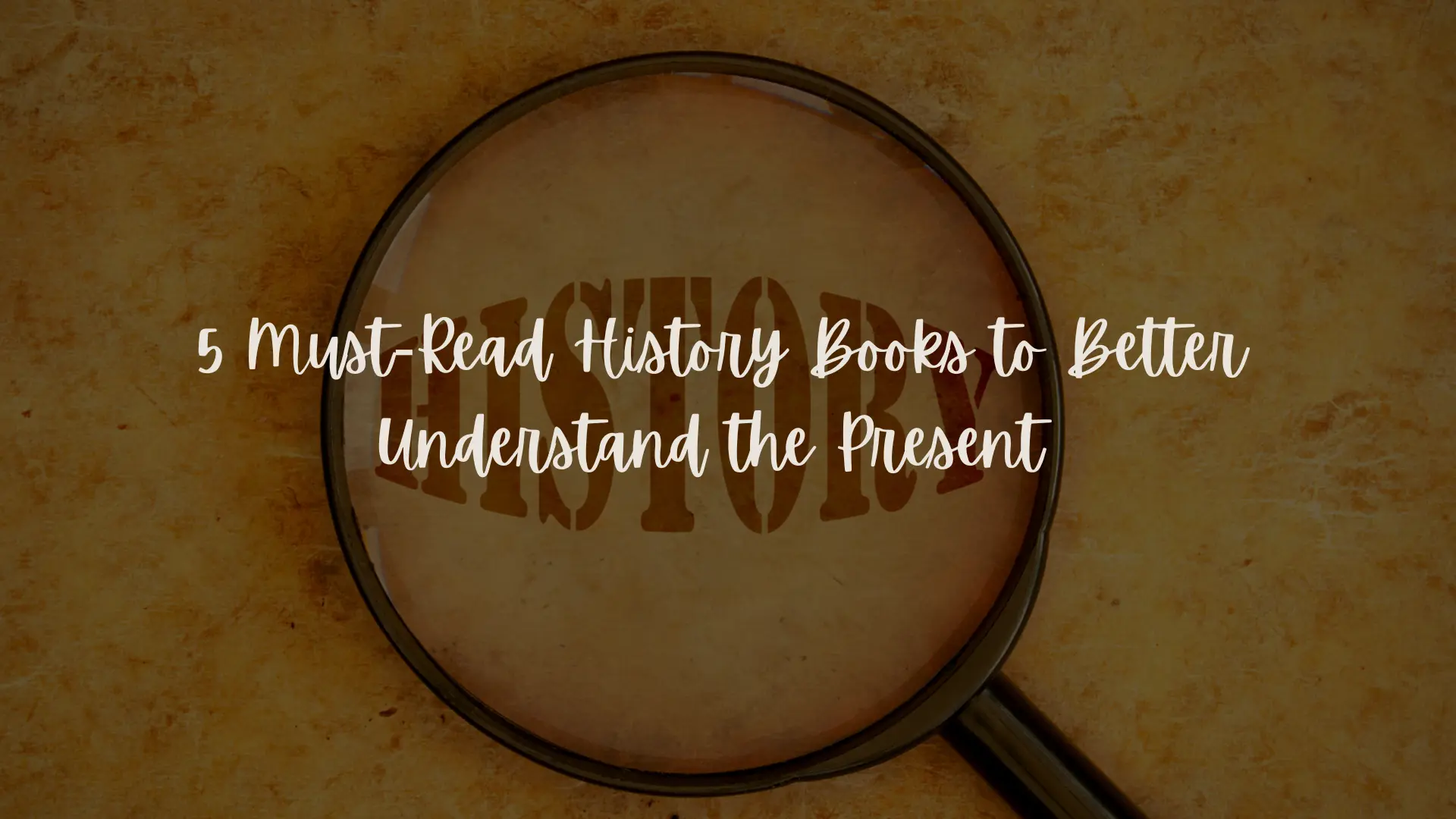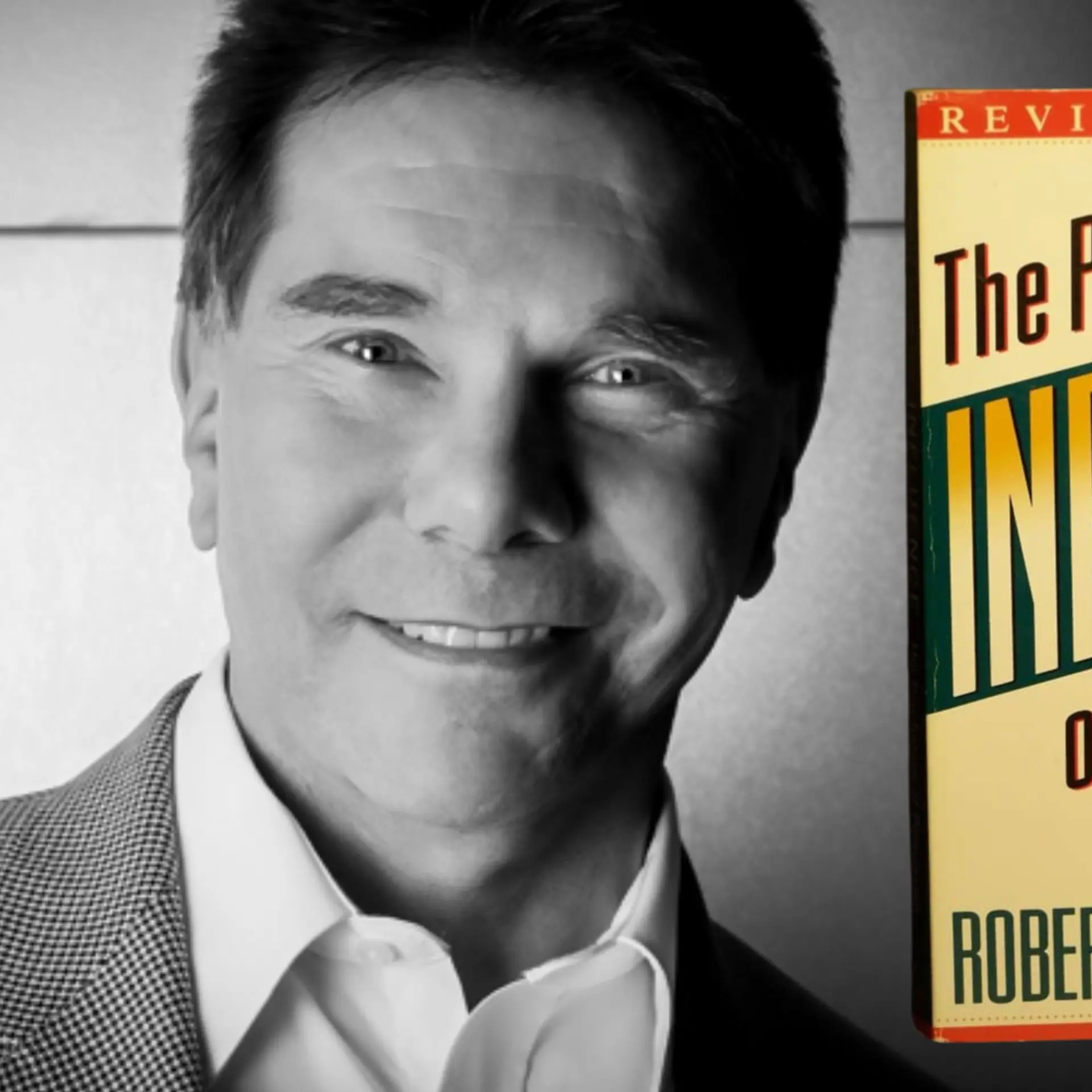Support a cause like Sunderlal Bahuguna did, or not at all – lessons of activism from a peaceful warrior
“No, I don't feel defeated. My fight is to save the Himalayas, and it will continue.” There is much to learn from this 'gentle warrior' whose activism once convinced the government to ban the felling of trees for 15 solid years.

Sunderlal Bahuguna is one of the torchbearers of environmental activism in the country. There may be many deeds this man is known for, but summiting them all is his approach of nonviolence. An ardent follower of Gandhian principles, Bahuguna has clothed his efforts in pacifism, thus teaching the biggest lesson of activism – if violent, activism becomes unrecognisable from the very act of oppression that it fights against. He didn’t falter from this foundation because he believed that “truth never dies, it ultimately prevails, no matter what.”
Bahuguna’s activism dates back to the times of colonial rule, when at the young age of 13, he participated in the freedom struggle. Although he is most popularly known for his Chipko Movement and Anti-Tehri Dam protests, Bahuguna has fought for causes other than environmental such as the rights of women and the welfare of the harijans (untouchables).
From his strides of activism is a trail of valuable lessons to learn and implement, even if not as activists, at least as dutiful citizens of the country.
Be sensitised, keep those nerve endings raw

Bahuguna grew up watching his mother slog 18 hours a day doing what was considered ‘a woman’s job’. This appalled him and played a major role in driving him to fight for their rights and to reduce the burden levied upon them unjustly by men. It also set the foundations for his views against the unjust treatment of certain groups of the society like the untouchables, for whose welfare he worked incessantly.
We tend to become numb with increasing injustices in the society, but Bahuguna absorbed it all, in all its agony. The Chipko movement in 1973 was in response to the exploitation of natural resources by non-local forest contractors, and the Anti-Tehri Dam movement was in response to the billion dollar project that had the potential to destroy the ecosystem, displace hordes of people, and pose a threat to their lives as it was located in the seismic zone. The Himalayan foothills were Bahuguna’s home, his land, and he refused to watch it crumble to a ruin.
Don’t forget the ‘act’ of activism
While he fought for the rights of women with his wife, Bahuguna actively sought help from other activists such as Ghanshyam Raturi, Chandi Prasad Bhatt, and Dhoom Singh Negi, and roped them into the cause. During the Chipko movement, he walked the 4,870 km trans-Himalayan journey to survey the destruction that was progressing at an alarming rate. He walked from village to village to spread awareness and gather support for this fight against an economic development that was divorced from the ecology it was feeding on. He submitted reports to the UN to further expose the activities in the hope that more eyes would be diverted to the prevalent injustice to the people and its land. Bahuguna seized every opportunity to act, and never ceased acting.

Educate others of the cause
Bahuguna knew that the battle against the so-called development could not be won alone. The Himalayan region of Uttar Pradesh (present day Uttarakhand) that Bahuguna sought to protect was mostly dotted by small villages. Bahuguna used the strongest weapon that he could for his cause – the very people of the region.
Through their Silyara Ashram, Bahuguna and his wife, Vimla, “awoke” many to various causes, starting from the freedom struggle. Together, they sensitised villagers to the importance of the resources of their land and the threats of exploitation faced by them. They mobilised people against caste and gender discrimination, and deforestation. Other than Bahuguna’s leadership, the factor that tipped the Chipko Movement towards victory was the support it gained from the locals. The impact of this was, in fact, much sweeter than victory because it incited the Appiko Movement in South India.
Bahuguna did one of the most important things needed for activism – he united the people.
Be relentless
The Chipko movement was a seven-year long battle which ended victoriously in 1980 when Indira Gandhi, moved by Bahuguna’s efforts, banned the felling of tress for 15 years. The Anti-Tehri Dam protest, albeit unsuccessful, was monumental in terms of Bahuguna’s undying activist spirit. He went on hunger strikes to weigh upon the government, the graveness of the situation. After the then PM, PV Narasimha Rao failed to implement changes through the review committee he had set up, Bahuguna went on yet another hunger strike, which lasted 74 days.

The construction of the dam continued, and in 2004, after nearly two decades of protests, he was forced to move to Koti. Bahguna was distraught at the displacement of the people and the “drowning” of a culture, ecology, and history. But at 90 now, he still continues his activism. When asked by Frontline if he felt defeated, he replied, “No, I don't feel defeated. My fight is to save the Himalayas, and it will continue.”
Here’s to the undying spirit of this gentle warrior, the likes of whom this country could use more of – now, more than ever.







